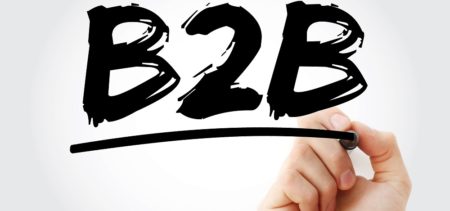There is no question about it, the Xbox One is an impressive piece of hardware. Sure, the games look sharp, but the console is pleasing in and of itself. Once a product hits shelves, it’s easy to forget that people had to design it from scratch. From toasters to game consoles, the devices we use every day have gone through countless iterations, and an absurd number of man-hours are spent perfecting these technological masterpieces. Now Microsoft’s Carl Ledbetter wants you to know just how much work was put into the Xbox One’s hardware.
In an interview on Microsoft’s site, Ledbetter — who holds over 200 patents — explained the extensive prototyping process that the design team used to create the Xbox One. With the help of a 3D printer (we’re not sure which one), Ledbetter and his team ended up with over 75 versions of the console, 100 versions of the Kinect, and 200 versions of the controller. With hundreds of iterations available, the team was able to try out a wide variety of tweaks before honing in on the final design.
At the same time, Sony’s DualShock 4 went through a similar prototyping process. Over the course of 20+ revisions, Sony moved the analog sticks up, down, left, and right… until settling on the original locations. The D-pad and triggers were drastically redesigned, the button spacing was altered, and the giant touchpad made its way into the middle of the controller. Similarly, the PS3’s controller saw a number of redesigns — including the infamous boomerang controller prototype revealed at E3 in 2005.
Keep in mind, this kind of prototyping is very common in consumer electronics. Devices like smartphones and tablets all need to be thoroughly tested before the final versions ship. Unfortunately for these electronics companies, secrecy isn’t always an option. It’s now common to find leaked prototypes of iPhones and iPads, and a whole industry has popped up around covering these leaks. It’s understandable to be excited about shiny new hardware, but always remember just how many internal iterations these products go through.
Next time you read rumors about a 13-inch iPad or a teardrop iPhone, just think about the hundreds of Xbox One controller designs that ended up in the garbage pail as Microsoft burned through $100M redesigning it. Even if a prototype is legitimately leaked directly from the production line, there’s no telling if that model will make it to store shelves. Rumors are fun, but we could all benefit from a little bit more skepticism in our lives.

































